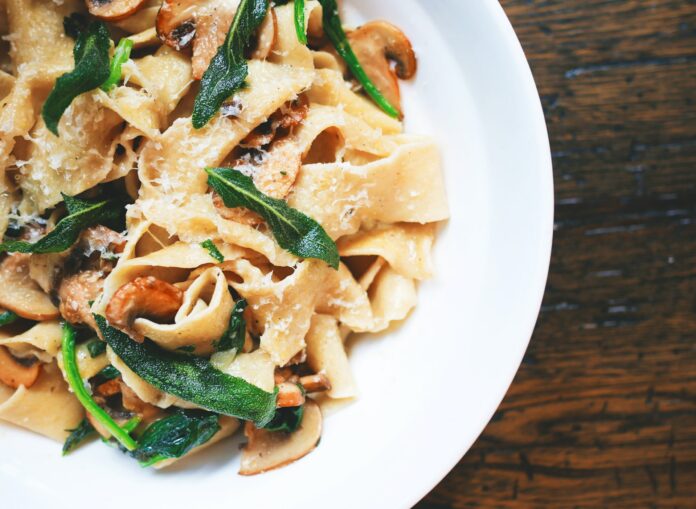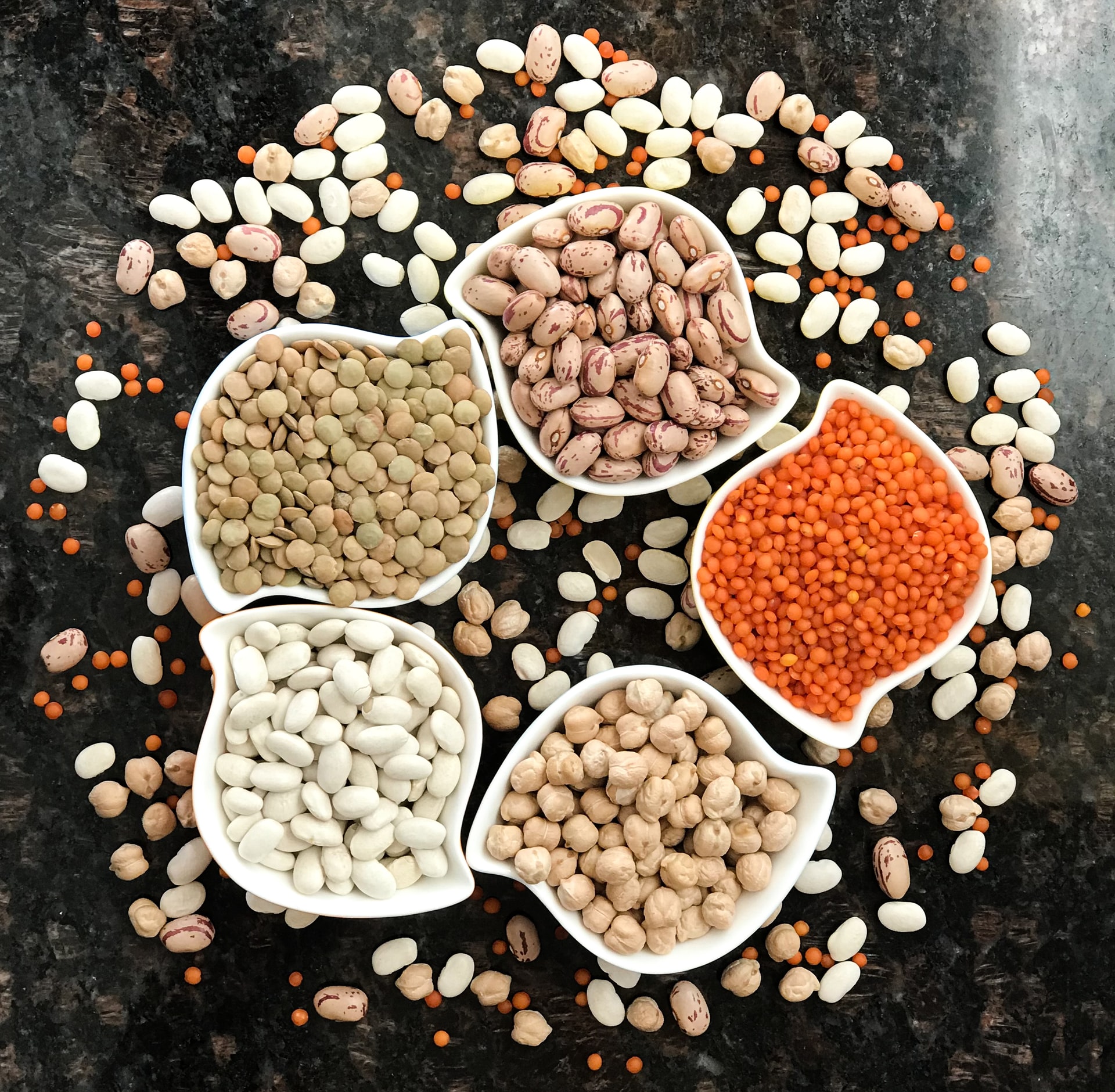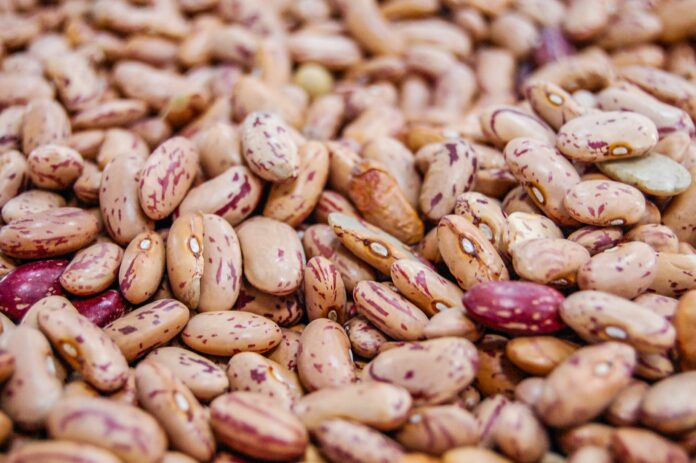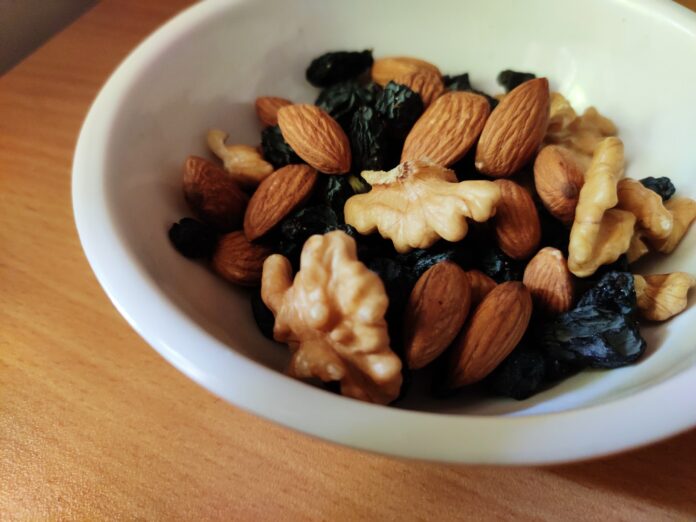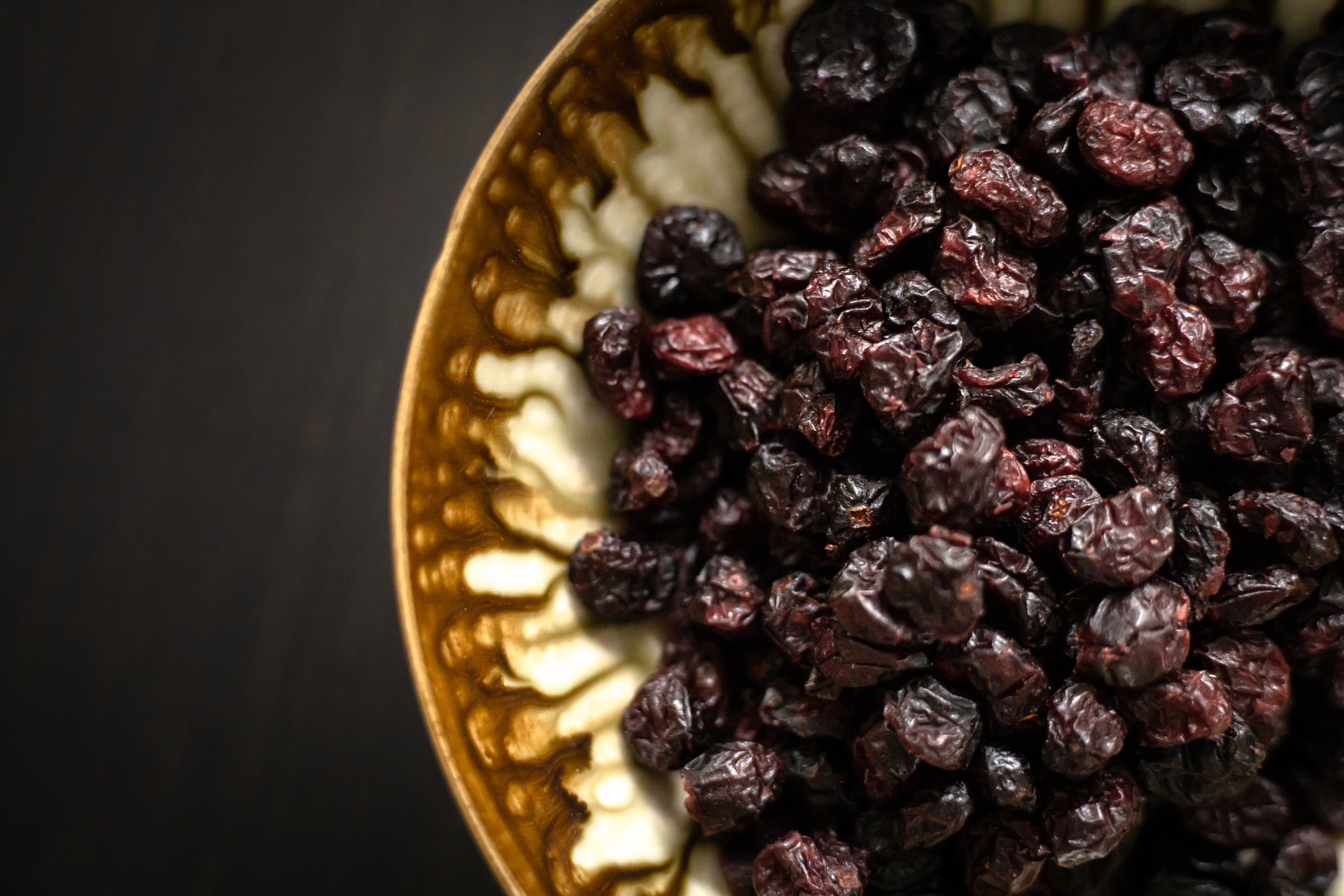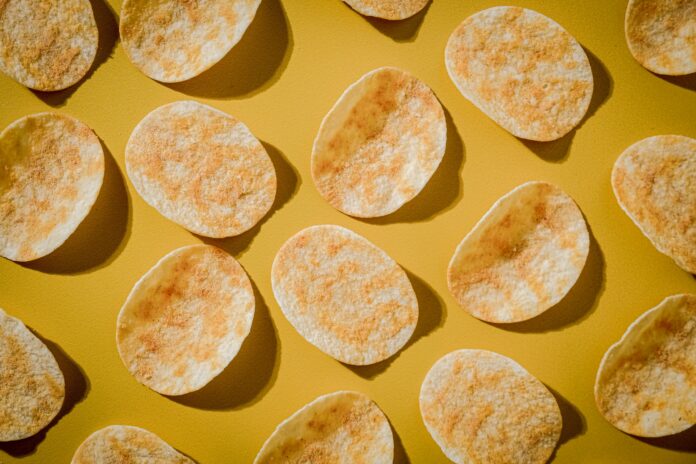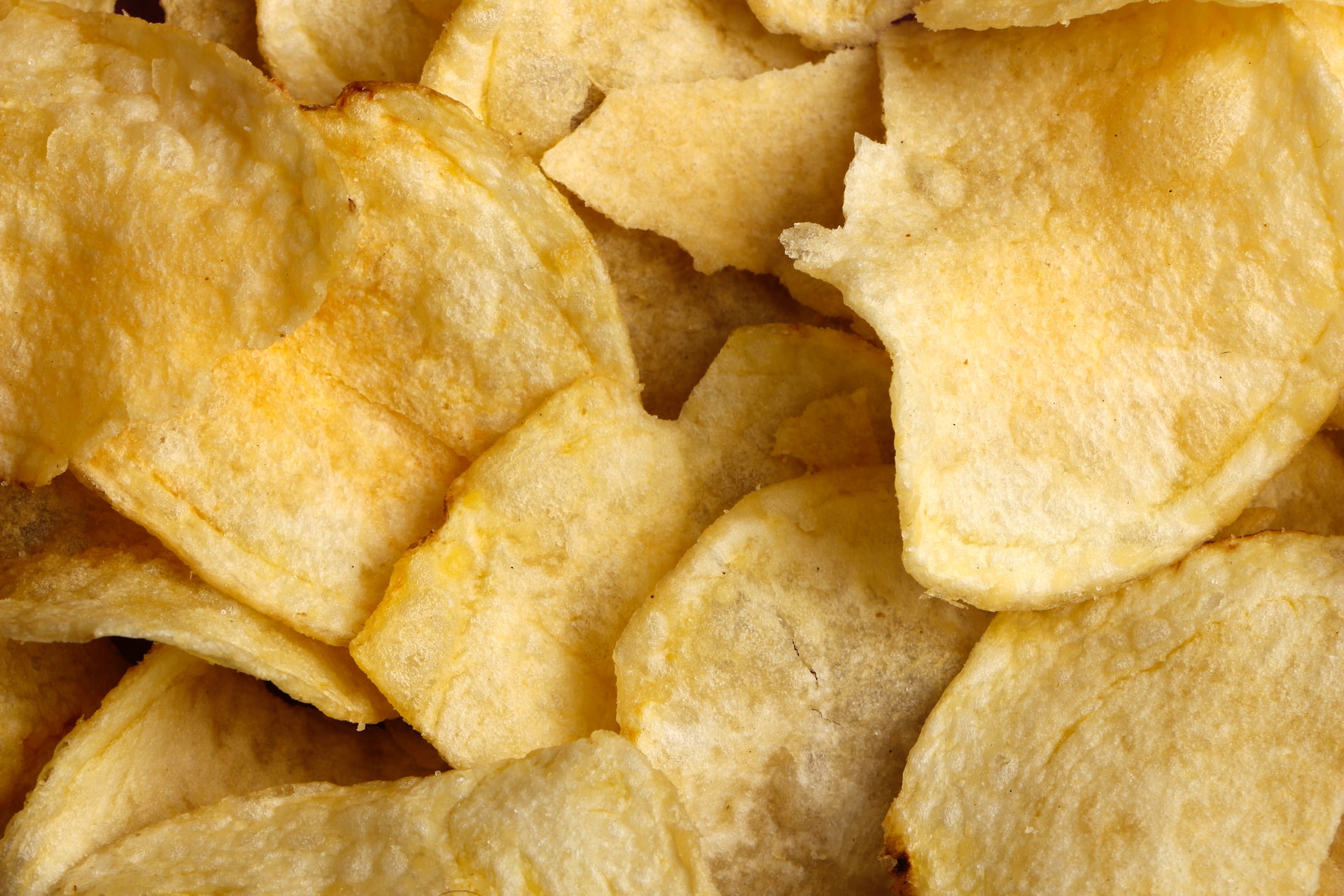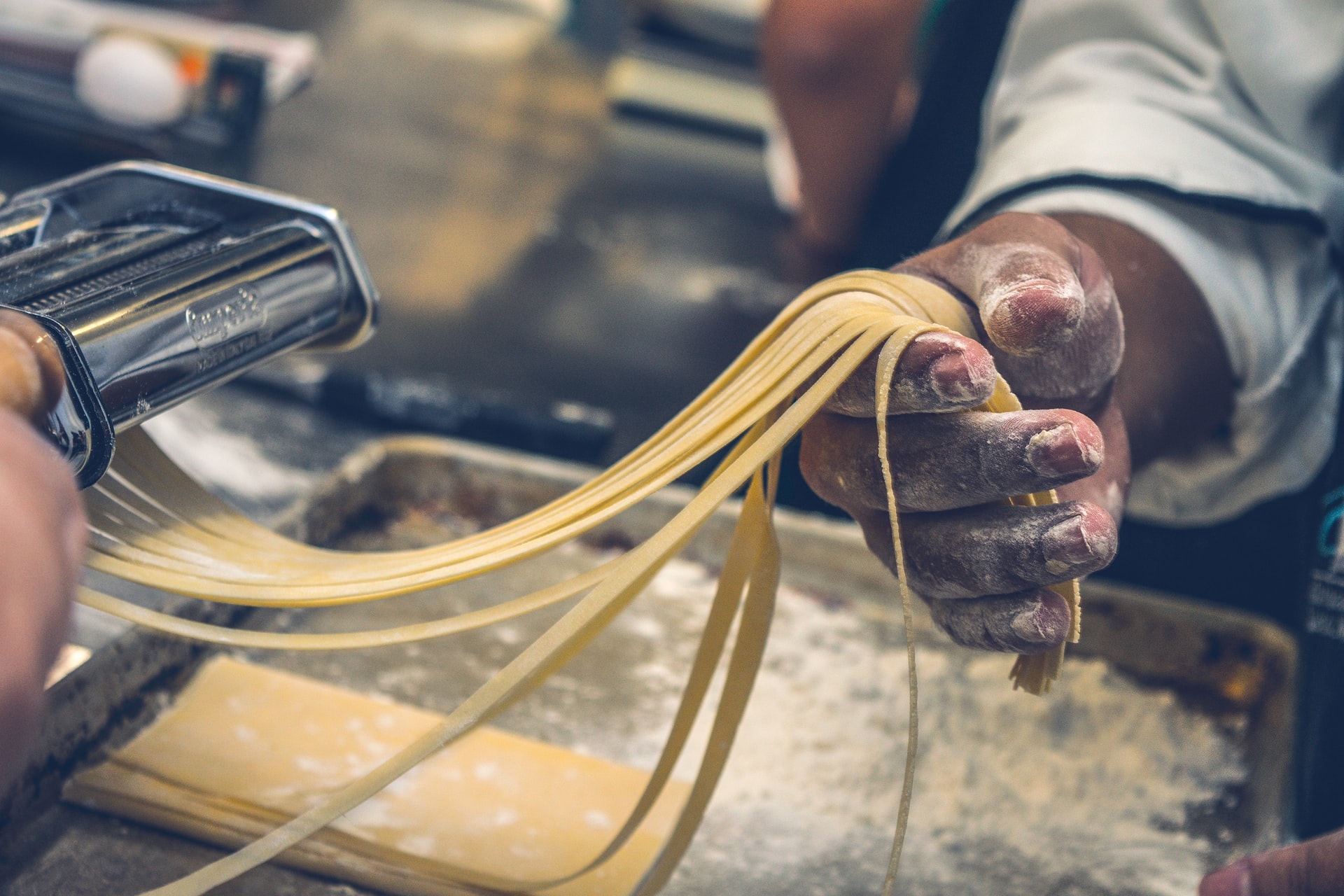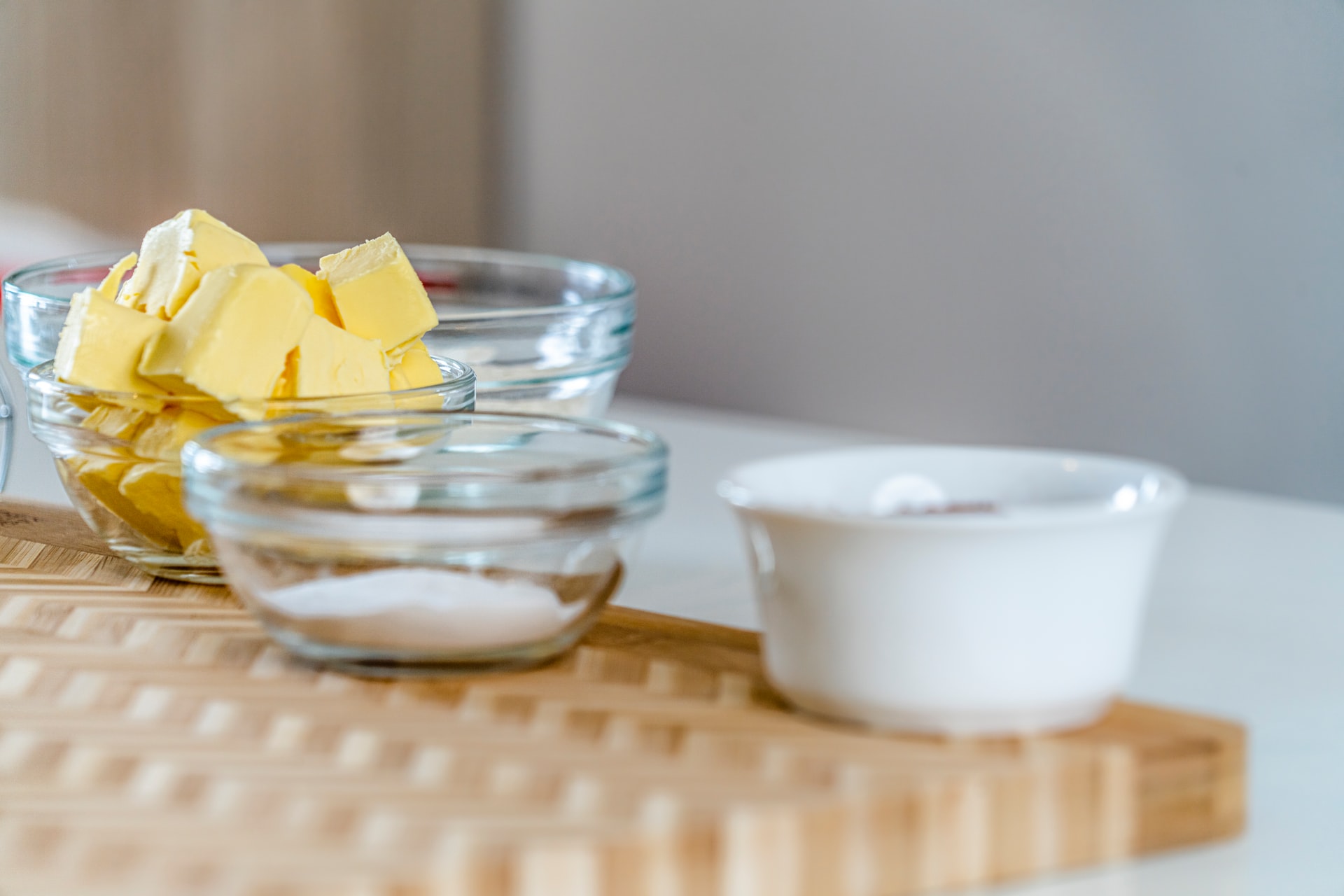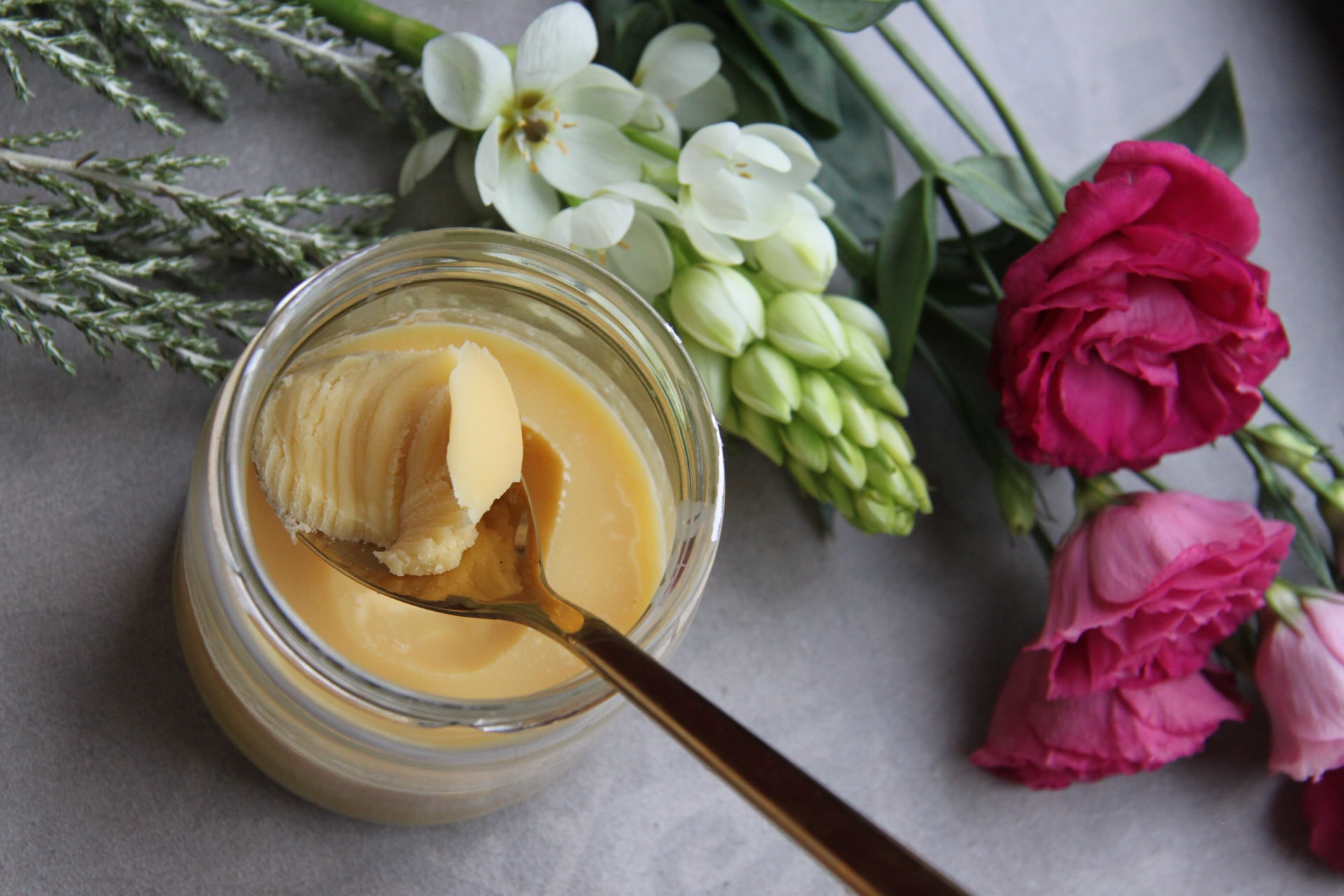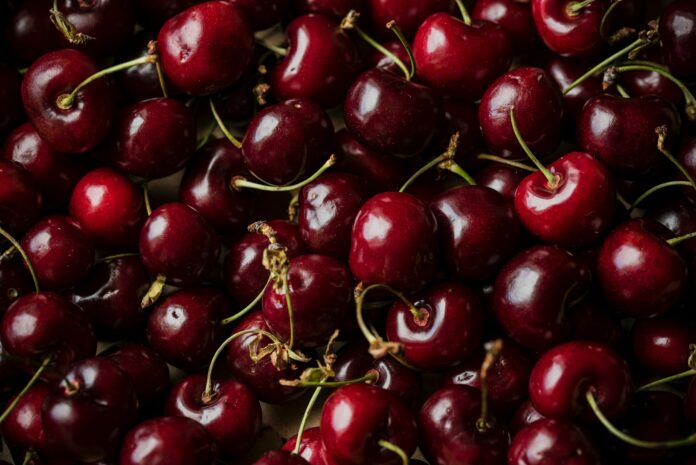Pasta and diabetes: Can diabetics eat whole wheat pasta?
A diabetes diagnosis means it’s time to be cautious and reduce carbs in your diet. Type 2 Diabetes is a condition where the body is unable to absorb blood sugars normally.
Regular pasta can be dangerous to a diabetic, especially when eaten in large proportions. So, the question that lingers is, “can diabetics eat whole wheat pasta?” absolutely!
Whole wheat pasta is low in calories and carbohydrates. It also has a low glycemic index score.
Doctors advise diabetics to reduce refined, simple sugars in meals and replacing them with complex sources of carbohydrates and proteins. Examples of foods that fall in this category are whole wheat flour, whole-wheat pasta, and beans. It takes the body longer to digest these foods, therefore, resulting in stable blood sugars. The body has a steady release of glucose for a longer time. This way you get to reduce your overall carb intake!
Refined foods cause a sudden spike in blood sugar that is followed by a blood sugar drop.
Diabetic pasta substitute

Whole wheat pasta, also known as whole grain pasta, is very nutritious. It contains nearly all the foods groups that exist. whole-wheat pasta contains the label “whole”. They are dubbed whole because the manufacturers used the entire seed to make the pasta. This includes the bran, endosperm, and germ.
Whole wheat pasta contains a lot of fiber, vitamin E, B vitamins, and other minerals. It is a perfect diabetic pasta substitute. Next time you visit the store skip white pasta and go for whole-grain pasta.
Diabetic people are often warned about the danger pasta pose to their blood sugar. Pasta is associated with high carb content. However, doctors say that there three types of sugars; sugars, starch, and fiber. Sugar carbs are not diabetic-friendly. However, starch and fiber are beneficial to a diabetic. They take much longer to digest and release energy periodically.
Whole grain pasta contains starches. These are complex carbs. It is also rich in fiber which gives you a sense of fullness and helps reduce your calorie intake throughout the day.
Whole grain pasta and other whole-grain foods like cereal and bread should be included in a diabetic diet. In addition to these benefits, whole grains also help low cholesterol levels, prevent heart attack and stroke, and are also a form of anti-oxidant.
white pasta is stripped of almost all nutrients. The fiber in bran and gem is removed leaving behind easily digestible simple carbohydrates.
Ways to include whole wheat pasta in your diabetic diet
When shopping for pasta in the local supermarket, look for pasta that has more than 3g of fiber per serving. Here are tips on how to include whole wheat pasta in your diabetic journey;
- As a diabetic, it is smart to watch your food rations. In as much as whole wheat pasta isn’t carb-loaded, doesn’t mean it does not contain carbs. it is important to remember to fill up your plate with food in the right proportions; that is ¼ protein, ¼ whole grain, and ½ vegetables. Therefore, when you are eating whole wheat pasta, consider serving half as much you would take white pasta. You are probably shocked that that’s too little. I can assure you that the ratio is enough because this type of pasta is generally heavy on the stomach.
- Make sure you get your fair share of vegetables to accompany the whole wheat pasta. Vegetables such as cabbages, carrots, broccoli, cauliflower, legumes, and zucchini are perfect, or whatever your preference is. The vegetables will add a feeling of satisfaction, seeing that you got a lesser serving of pasta than you are used to. The vegetables also add more nutrients to your diet making it wholesome! You can cut your vegetables in huge chunks and throw them in the cooked pasta or you add the veggies to your homemade sauce.
- Accompany your whole wheat pasta with a source of protein. Protein tends to make you feel fuller. With these rations, you get to eat healthily and still feel satisfied. Include proteins such as legumes, tofu, shrimp, scallops, or poultry. The best choice would be soy and legumes because they have lower calories and saturated fats.
- Whole wheat pasta is a heavy meal, therefore take large amounts of water while eating it. This is important to prevent constipation. Also, eat your food slowly and take sips of water in between bites. This will leave you fully satisfied and less likely to eat dessert. Water is important when you are taking in large amounts of fiber.
- Pasta talk is not complete without touching on the sauce. I mean, pasta tends to take the flavor of the sauces. The sauce has the potential to increase your calorie and fat intake too. Therefore, watch out for high-calorie cream and butter-based sauces; they tend to be high in fat and calories. opt for low-calorie tomato-based sauce. When picking a sauce go for one with less than 75g calories, 3g fat, and 150mg sodium per serving. Use olive oil or other unsaturated fat to avoid using cream or butter.
Homemade diabetic-friendly sauce for pasta
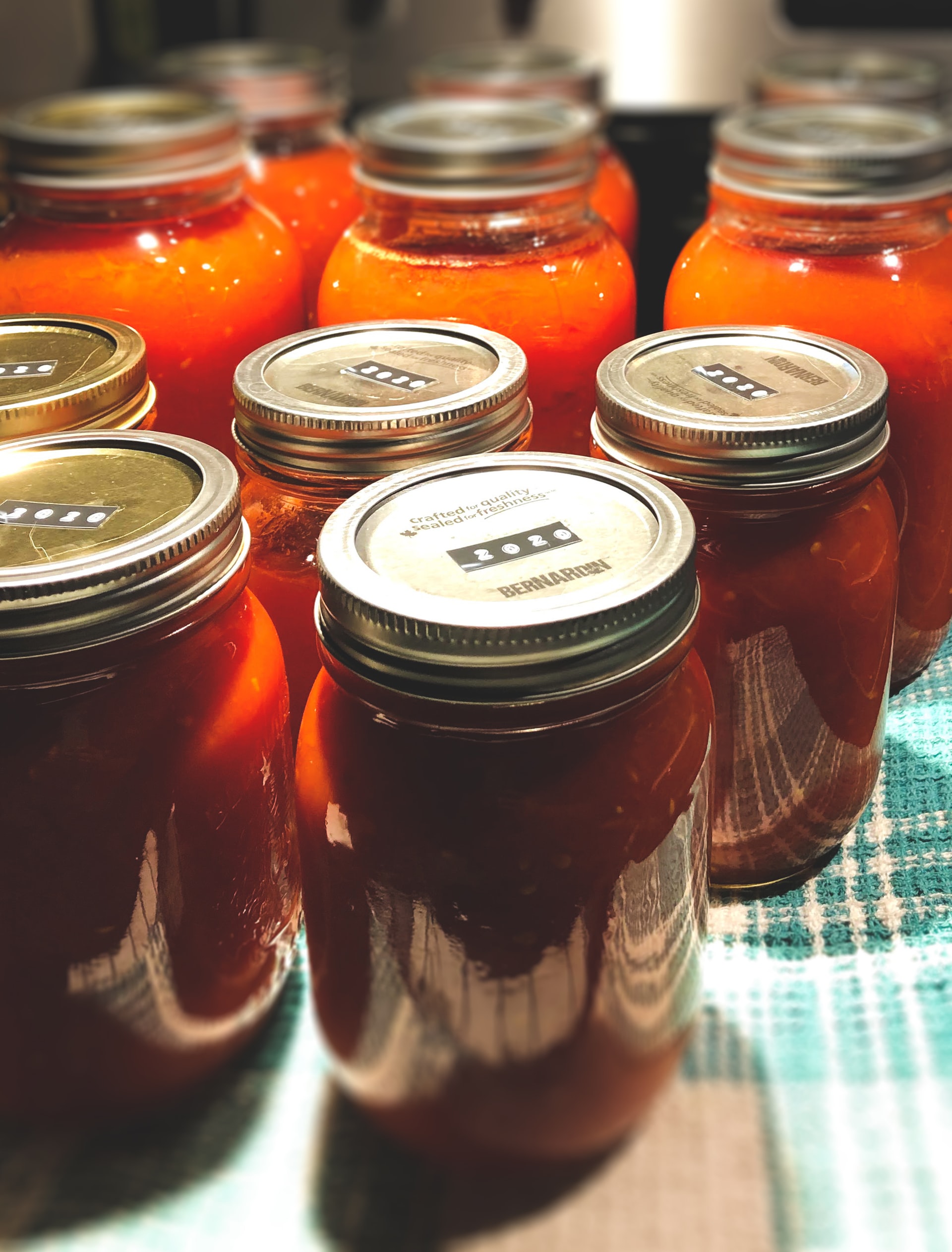
Making your homemade diabetic-friendly sauce is the key to watching the content you eat in the sauce. Start by mixing tomatoes’ (either fresh or canned) with herbs like basil and oregano. Proceed o heat in a pot and serve when it gets a paste-like look.
You can flavor your whole wheat pasta by cooking the pasta with a bit of olive oil, garlic, and lemon or lime juice. This will give it a distinct sour-sweet flavor.
When it comes to the question, “can diabetics eat whole wheat pasta? Here are the key takeaways;
- Take the pasta in the right proportion, preferably it should take up a quarter of your plate
- Serve with a lot of vegetables
- Serve with proteins such as seafood, chicken, or legumes.
- Serve with a diabetic-friendly sauce; one that is low in calories and fat

